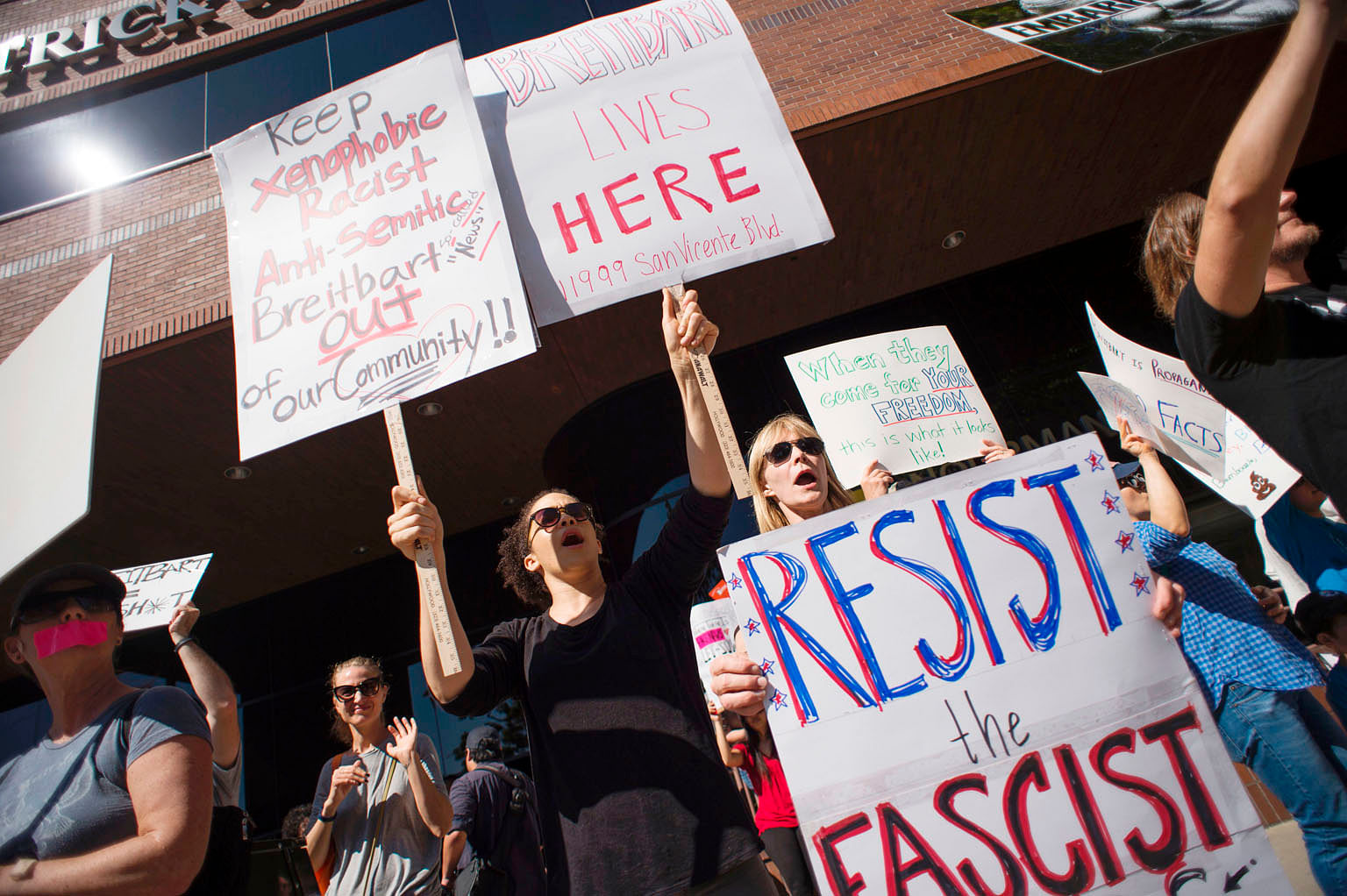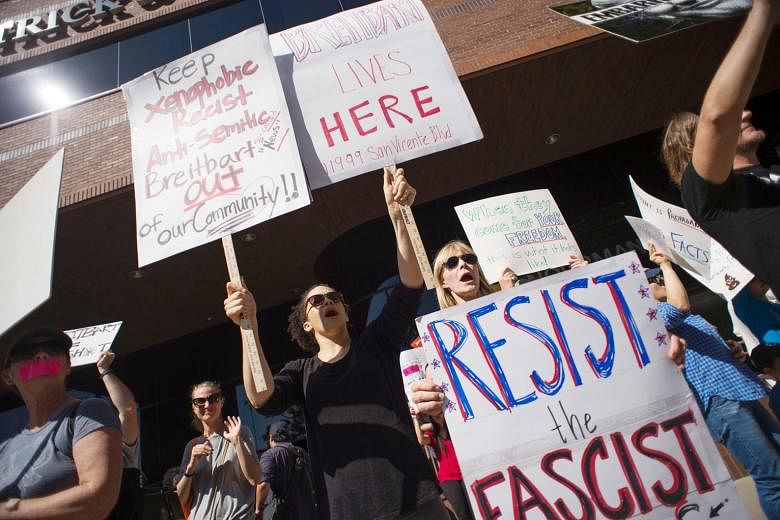Recent incidents of online ads appearing alongside content that endorses violence and hate speech have put programmatic advertising - the use of algorithmic tools that automate the placement of online advertising - firmly in the spotlight.
But to fully appreciate the current dilemma, it's important to first understand how digital advertising really operates.
Before the advent of the Internet, the purchase of advertising - whether print, broadcast, or out-of-home - was a manual process. Brands, usually represented by agencies, bought advertising inventory directly from trusted outlets. In many countries, print and broadcast outlets were, and still are, highly regulated, facing strict restrictions on the images and language they carry. Traditional advertising, therefore, carried minimal risk to advertisers, since buyers essentially knew what to expect when placing an ad.
However, as consumers increasingly adopted digital channels to consume news, film, music and information, manual processes alone were no longer sufficient to handle the mind-blowing scale of advertising opportunities. When a consumer clicks on a page or opens an app, he or she produces ad "impressions", or opportunities to place an ad where the user will see it. So, to deliver billions of ads against billions of impressions in real time, each day, buyers and sellers increasingly use "programmatic" technology that stages an auction for each impression, decides which creative ad to show the end user, and delivers the ad - all in real time.
The challenge for brands is that it becomes more difficult to know where their creative campaigns are appearing. There are literally millions of websites and apps. And some of them, of course, publish material that no brand would want its name associated with.
The issue affects both Singaporean and global brands alike. In February, it was reported that a video ad by the Singapore National Environment Agency appeared on a website that has articles supporting the Islamic State in Iraq and Syria. An investigatory report from The Times (UK), also published in February, highlighted a whole host of incidences where household names, including Mercedes-Benz, Sandals and Marie Curie, were unwittingly being placed alongside sites promoting extremist or pornographic content.
At the centre of the controversy is the duopoly that is Google and Facebook, companies that control highly in-demand inventory that collectively accounts for 48 per cent of all digital advertising spend.
YouTube, which is owned and operated by Google, has been in the headlines recently for allowing publishers promoting hateful and violent content to sell advertising space to some of the world's most renowned brands. The scale of the problem is huge - each day, around the world, people watch up to one billion hours' worth of content on YouTube. That is a huge number of impressions for brands worried about being placed next to unsavoury content.

Not only is this an issue of brand safety, the practice is likely to generate tens of thousands of pounds a month for extremists. According to The Times (UK), an ad appearing alongside a YouTube video, for example, typically earns whoever posts the video US$7.60 (S$10.50) for every 1,000 views. Some of the most popular extremist videos have more than a million hits.
Facebook, meanwhile, has also been at the epicentre of the debate, accused of not doing enough to combat the publication of misleading and outright false stories that spread quickly via the social network. As more and more people digest news online and via social media networks like Facebook, it is more important than ever to identify and stop sites publishing fake news.
So, what can we do to combat these issues? Google and Facebook have a responsibility to maintain a safe platform for their clients. They should agree on a set of community principles that exclude hate speech, pornography, graphic violence, illegal activity and deceptive practices in commerce - a broad category that encompasses "fake news". Critically, these should be enforced with automated and human screening.
Part of the responsibility also lies with advertisers themselves. Ample tools exist to empower buyers of digital advertising to buy safely. Buyers of Internet advertising can operate in white-listed environments, meaning they can bid only on pre-approved domains. If marketers do not have the resources in-house to curate white lists, they can work with credible advertising partners. There is an opportunity for collaboration between responsible ad tech partners, industry groups, non-profits and academic partners to create safe lists that marketers and agencies can adopt or adapt. The challenge is systemic and a cooperative approach will benefit advertisers, publishers and consumers alike.
Finally, exchanges themselves have an obligation to maintain clean marketplaces. Well-known marketplaces such as Amazon, eBay and Etsy impose strict quality controls that govern what sellers can and cannot offer on their technology exchange. It is important that digital advertising exchanges follow suit. Running a clean marketplace is hard. It requires ongoing investment. It probably means leaving money on the table by declining to work with certain sellers or by excluding whole categories of inventory. But it is the right thing to do, and the stakes are high. Even when it is uncomfortable - as was the case when my company blacklisted the political site Breitbart.com for its marketplace, because it violated our hate speech prohibition.
AppNexus is an ad exchange, connecting publishers with advertisers who want to buy ad impressions online in real time. We responded to requests to audit the Breitbart site and determined it not to be compliant with our hate speech policy, and stopped placing its ads. This is just one example of how important it is that advertising exchanges place brand safety above short-term gain.
Digital advertising funds much of the world's journalism and creative content. If it isn't sold in a brand safe environment, the ensuing breakdown in trust will lead to a corresponding collapse of the entire system. That is why it is fundamentally important that all companies in the digital advertising ecosystem - advertisers, aggregators, exchanges and other technology companies - work together to build a better, safer Internet.
- Sonal Patel is the managing director of AppNexus Singapore, an Internet technology company that enables and optimises the real-time sale and purchase of digital advertising.

